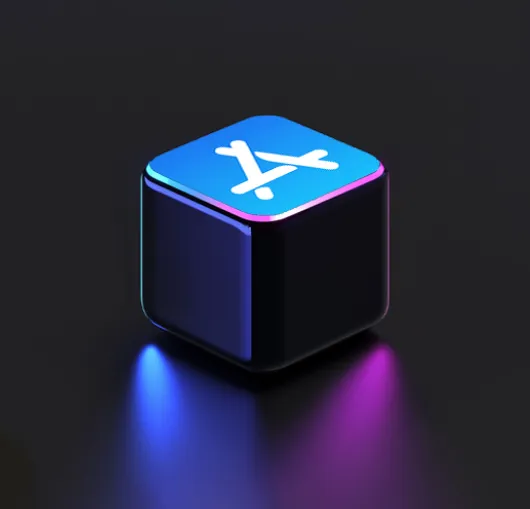Swift UI for iOS Mobile App Developers
This is an era of modern technology, and with every passing year, new technologies are introduced that have made it easier for you to develop and design applications. Swift UI is another framework that Apple recently introduced, and all the devices developed by Apple Inc. from iPhone to Mac are compatible with this framework for the mobile app development process.
First of all, you need to understand that this new framework does not change anything about iOS apps. In the past, developers were confused about how they should develop apps and then design their UI, but with the advent of Swift UI, things have gotten a lot easier.
Concise Code Creation with Live Preview
This framework allows you to develop the apps with Swift syntax, which allows a developer to write app codes with ease. If Swift UI and UIkit are compared, developers have found it really easier to write Swift code in a concise form. Usually, developers were facing a lot more trouble regarding XCode preview because it was just the end result. So, a developer has to face much trouble if any error occurs in the code because now he has to go through the whole code to find the error and fix it. Whereas with this updated and latest framework, you can preview your code progress in the preview canvas option.
Interactive UI Development
The best thing about SwiftUI is that it allows you to define UI in an interactive style. All you need to do is drag and drop the interface, and its XCode will be automatically written. XCode and UI are synched together, so if you make any changes to UI, you need not update code as well, but it is done independently.
Similarly, you need to understand that if you compare SwiftUI with other programming frameworks, you will understand a significant change in both of them. If you are a pro app developer, you can easily understand that all other ones included imperative programming, but Swift is the one with Declarative programming.
Declarative Programming Framework
If you are unaware of these terms, you should understand that imperative programming is when a programmer has to define each aspect separately to the framework, and it consumes a lot more time than expected, even though the code length gets bigger.
Whereas the other hand, SwiftUI does not require detailed coding. Dubai mobile app developers need to provide the short code and leave the rest to this smart framework.
Similarly, if Storyboard and Swift UI are compared, then, in the past, if a developer needed to design the app, he has to go through Interface builder, and after that process, it goes to Layout UI, which no doubt is a lengthy and complicated method of designing an app UI.
If you use Swift UI, consider exempting Layout UI and Interface builder and get straight to app design with canvas preview.
Now, all you need to do is keep writing the code, and XCode 11 will display the UI over canvas precisely as you are building it step by step.
Similarly, you might experience a few new features like “Combine,” which is a replacement for the view controller. This might sound a bit strange to most app developers now how you will be able to view all those models.
Well, consider Combine as just an updated version for it because it is even more efficient and effective for mobile application development.
Unified App Development Framework
The best part about SwiftUI is that you would require a separate platform for developing apps for different Apple devices with building UI. For example, if you wanted to develop an app for Apple Tv, you required TVUIKit; for Mac apps, you required AppleKit.
Whereas SwiftUI has no such complexities added to it because Apple has tried to maintain this framework as a unified one. So, it does not matter what Apple device you want to develop an app for because the code can simply be ported to any device with basic to no modification.
Still, you must review the design according to the app because each platform has different features and usage, and the app developed for them should be unique.
Color Scheme and Dark Mode
In the past, developers were facing much more trouble for cross-platform app development because they had to deal with the design, spacing, padding, and colors. Whereas SwiftUI is such a framework that has to lighten the burden from developers’ shoulders because it allows apps to automatically translate their UI according to the platform they run on.
Finally, when the view of SwiftUI is discussed as compared to UIKit, then many changes have been observed. First of all, there is the dark mode, which is new for the developers as now they do not have to face highlight irritation to their eyes. As far as colors are concerned, SwiftUI uses a basic color scheme: red, blue, and green, and they are adjusted according to the dark or light mode.
Considering all of these latest features and SwiftUI, it can be concluded that this new framework is continuously being updated. It will take time for developers to shift to a different framework real soon, but eventually, it will provide them ease of access.



